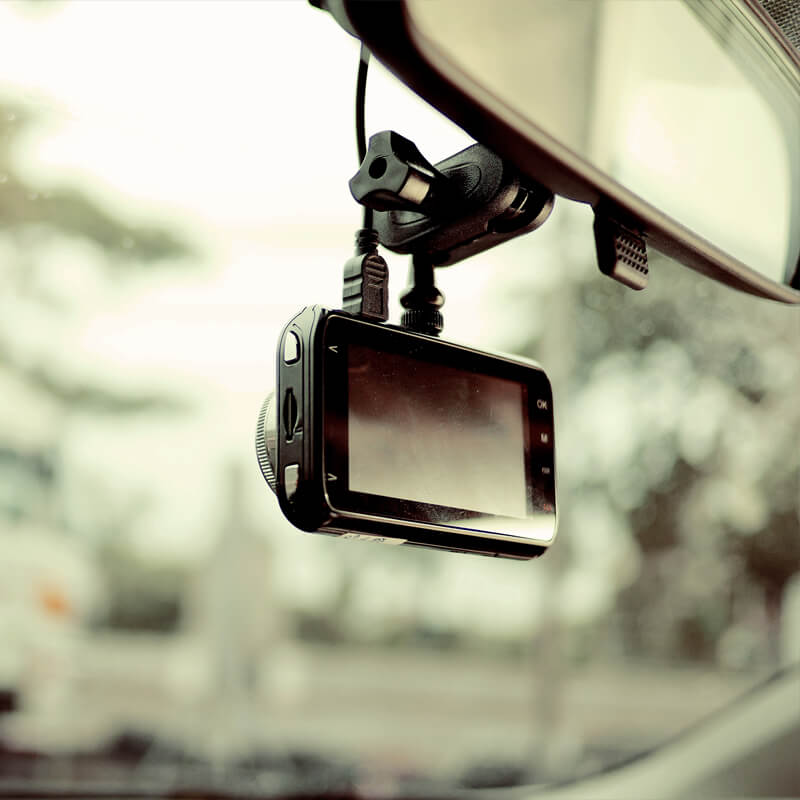Hazard Perception Test – know when to click

Our Hazard Perception Test – featuring our CGI clip, gives you the chance to practise your awareness skills to get that first-time pass!
By using our Hazard Perception Test CGI clips provided with our Driving Theory Test 4 in 1 Kit app, you’ll have a better understanding of when you’re supposed to click in the official DVSA test, and we’ve provided real examples of what is seen as a hazard.
So, if you want to get that first-time test pass, practice your skills now with our Hazard Perception Test CGI clips.
What is a hazard in the 2024 Hazard Perception Test?
A hazard can be anything that may cause a driver to change the speed, direction or even stop the vehicle.
You will encounter hundreds of hazards in your everyday driving such as roundabouts, junctions, traffic lights. These are known as static hazards.
However, static hazards are not what you will be scored on in your Hazard Perception Test, but rather your ability to spot developing hazards.
What is classed as a developing hazard?
A developing hazard can be anything from a pedestrian stepping out into the road, a child running between parked cars, a bike riding out into the road, or a car exiting a driveway.
As part of developing your Hazard Perception Test skills, it’s essential that you learn to look out for the early warning signs of a developing hazard.
To do this, you’ll need to put in lots of revision and practice time!
But you must also be able to understand how different situations can potentially develop into a more serious hazard.

Examples of developing hazards
A good example of a developing hazard could involve seeing a ball roll out across the road ahead of you that could potentially be closely followed by a young child.
Or, as in the image below, There’s a cyclist coming out of a junction that will most likely join the road you’re on.
The sooner you learn to spot a developing hazard, the quicker you can react and avoid unnecessary action that could potentially cause a serious collision.

When I see a hazard, when should I click on the Hazard Perception Test?
You should click for anything that has the potential to develop into a hazard, and then click again a second time, if it DOES develop.
You may want to click a third time if the hazard continues to develop and there is time to do so.
If the “thing” you saw (and which you acknowledged with a click) DOES NOT continue to develop, then simply don’t click a second time.
By following these rules, you maximise your chance of scoring 4 or 5 points (that’s what the first click is for), at the same time as minimising the chances of scoring 0 points and/or being accused of having cheated (that’s what clicks 2 and 3 are for and why we recommend a maximum of 3 clicks for a developing hazard and a maximum of one for something that DOESN’T develop).
Why work like this? Read on to find out…
What happens if I click too early for a hazard?
Well – there is a chance that with your first click, you will score 5 points but there is also a chance that you will score zero by clicking 100th of a second before the window opens.
The second click may be the one that scores you 5, but more likely, it is going to score you 3 or 4 (unless you scored 5 with your first click – in which case it is simply ignored for scoring purposes).
Think of the second click as a safeguard against the first click being ahead of the opening window. It probably won’t get you 5 marks, but it should get you at least 3.
You don’t need to score 5 for every hazard, nor should you expect to!
Your final click is a long stop – and it might only score you 1 or 2 points – but in the event that your first two clicks were not successful, it will help to ensure you get at least SOME points for every hazard.
Why not test yourself now with our Hazard Perception CGI clips which uses cheat detection software – just like the official DVSA test!
Beware of the Hazard Perception Test cheat detection system!
There is an anti-cheat algorithm in our Hazard Perception Test software (and in the DVSA’s official hazard test). This is intended to prevent people from passing by simply clicking lots of times.
The algorithm can detect rapid, patterned or repeated clicking. i.e. if you click too many times, it will be detected and you will be given a score of zero.
However, if you are clicking only when there are developing hazards or potentially developing hazards on screen, you are VERY unlikely to trigger that response.
That’s not to say that you should go clicking at every little thing you notice, but you should not be afraid to click 3 or 4 times during the development of a hazard if you are suspicious/confident that it is the scoring hazard (or one of the two scoring hazards).
Summary of when to click on the official Hazard Perception Test
So, by following these steps you should maximise your chances of achieving the best possible score in your Hazard Perception Test:
- If you see something that you can imagine might develop into a hazard, then click IMMEDIATELY.
- If the road scene continues to develop as you feared (i.e. in the direction of a hazardous situation), then click a second time.
- When the situation has developed to the point where you would be doing something about it, click again.
Good luck! And if you need to practice the Hazard Perception Test, you could use our award-winning Driving Test Success 4 in 1 App.
At only £4.99, it’s the perfect solution; it even contains the full Highway Code, road sign quizzes, unlimited mock Theory Tests, a progress monitor and much more!
Available for iOS and Android devices.



